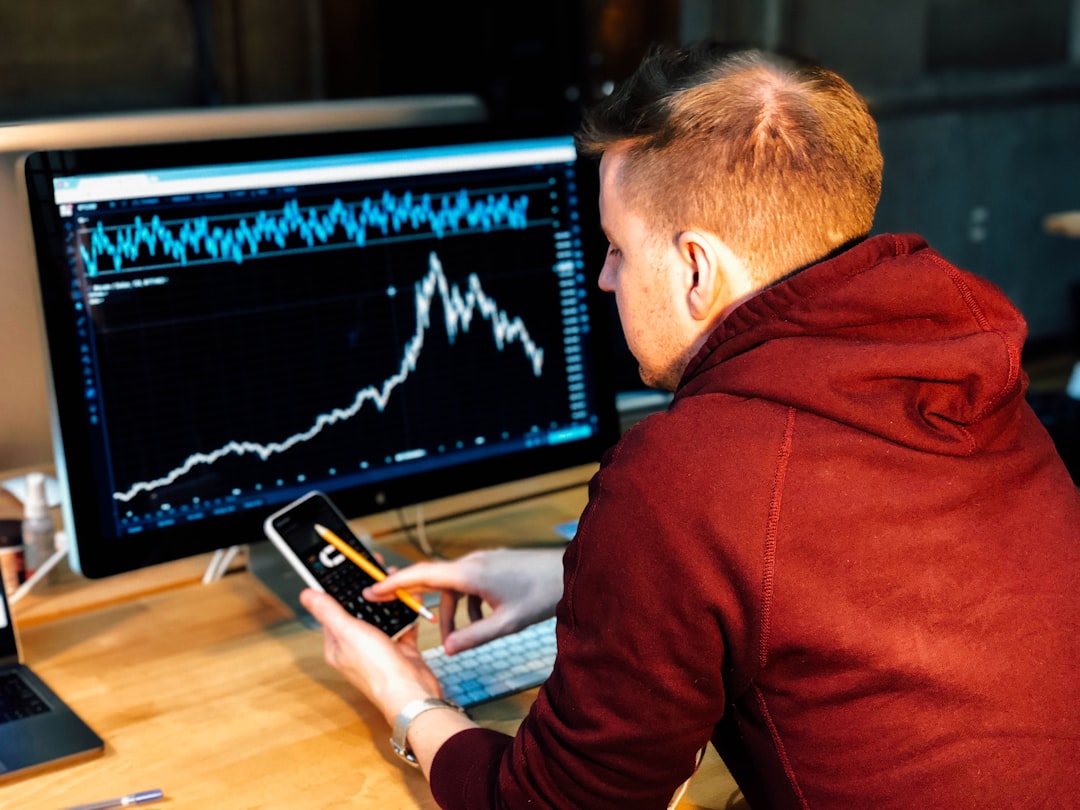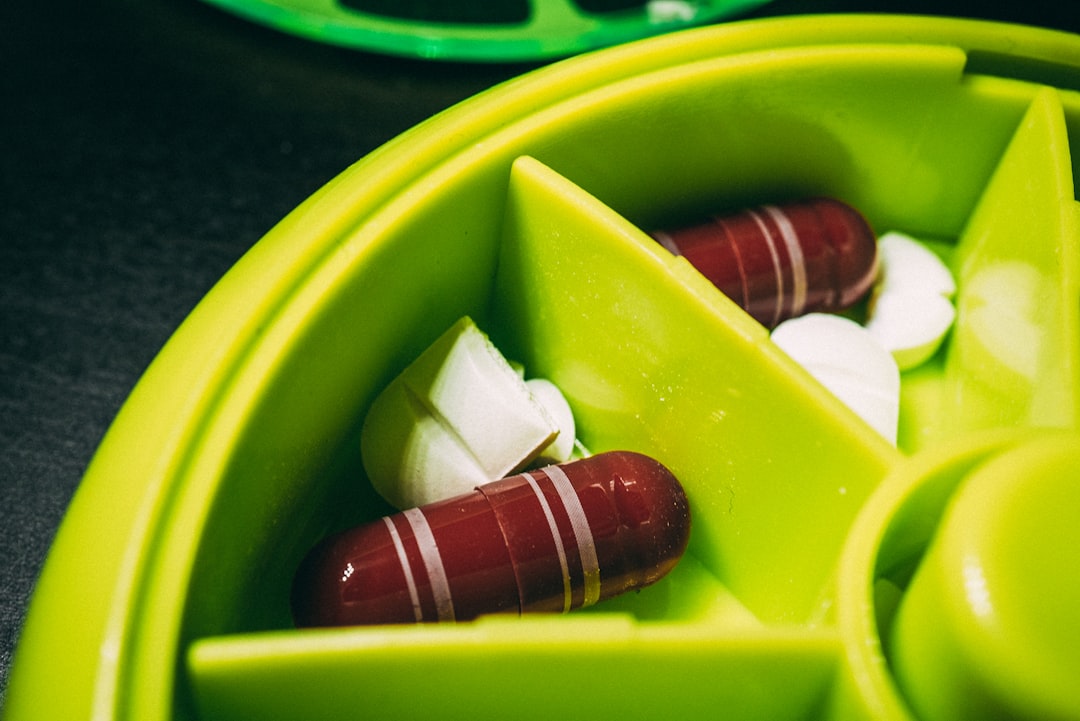What is it about?
A potent biosurfactant (BS) producing Bacillus licheniformis SV1 (NCBI GenBank Accession No. KX130852) was isolated from oil contaminated soil sample. Physicochemical investigations (TLC, HPLC, FTIR, GC–MS and NMR) revealed it to be glycolipid in nature. Fibroblast culture assay showed cytocompatibility and increased cell proliferation of 3T3/NIH fibroblast cells treated with this biosurfactant when checked using MTT assay and DAPI fluorescent staining. To evaluate the wound healing potential, BS ointment was formulated and checked for its spreadability and viscosity consistency. In vivo wound healing examination of full thickness skin excision wound rat model demonstrated the prompt re-epithelialization and fibroblast cell proliferation in the early phase while quicker collagen deposition in later phases of wound healing when BS ointment was used. These results validated the potential usage of BS ointment as a transdermal substitute for faster healing of impaired skin wound. Biochemical evaluation also substantiated the highest concentration of hydroxyproline (32.18 ± 0.46, p < 0.001) in the BS ointment treated animal tissue samples compared to the control. Hematoxylin-Eosin (H&E) and Masson's Trichrome staining validated the presence of increased amount of collagen fibers and blood vessels in the test animals treated with BS ointment.
Featured Image
Why is it important?
Result of the present in vivo wound healing investigation opens up new avenues for the synthesis of novel BS based ointment which is biodegradable and non-toxic and can be used as a transdermal substitute offering an edge over their conventional chemical counterparts.
Read the Original
This page is a summary of: Accelerated in vivo wound healing evaluation of microbial glycolipid containing ointment as a transdermal substitute, Biomedicine & Pharmacotherapy, October 2017, Elsevier,
DOI: 10.1016/j.biopha.2017.08.010.
You can read the full text:
Contributors
The following have contributed to this page










